9 Ways to Protect Your Garden From Extreme Heat
Do you worry about what a sudden summer heatwave could do to your plants? Here are 9 ways you can protect your garden from extreme heat and the stress it has on your favorite plants.
The subject of “protecting the garden from extreme heat” was never something I thought I would be writing about on my blog.
That’s because our average temperature for June in the Seattle area is 66 degrees F. with 6 days of rain. So I rarely think about what implications the hot temperatures (reaching over 95 degrees F.) could have in the garden, especially in the early summer.
We were not prepared for the record-breaking heatwave that took place in the Pacific Northwest last year. And neither were the plants in the garden (I’m in garden zone 8B). I was mainly concerned about the sweet peas, snap peas, and hydrangeas.
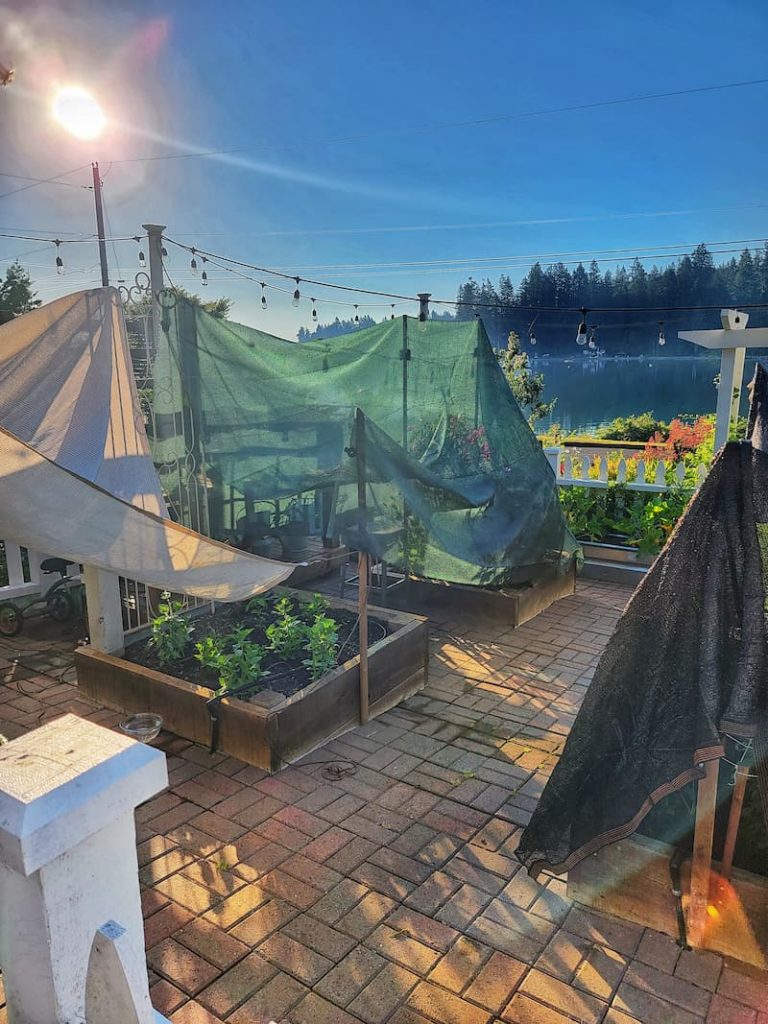
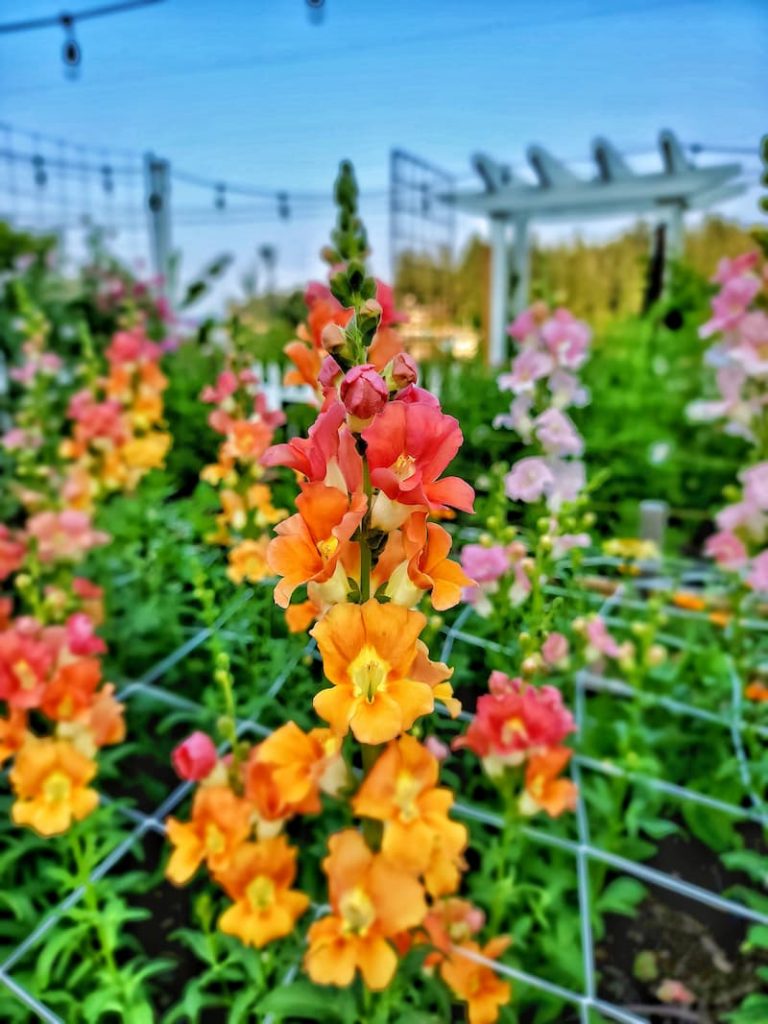
As an Amazon affiliate, I earn from qualifying purchases at no extra cost to you. My blog contains other affiliate links as well for your convenience. Click here to read my privacy policy.
I’m a self-taught hobby gardener, not a Master Gardener. Everything I share with you on my blog is my personal opinion and things that worked for me along the way.
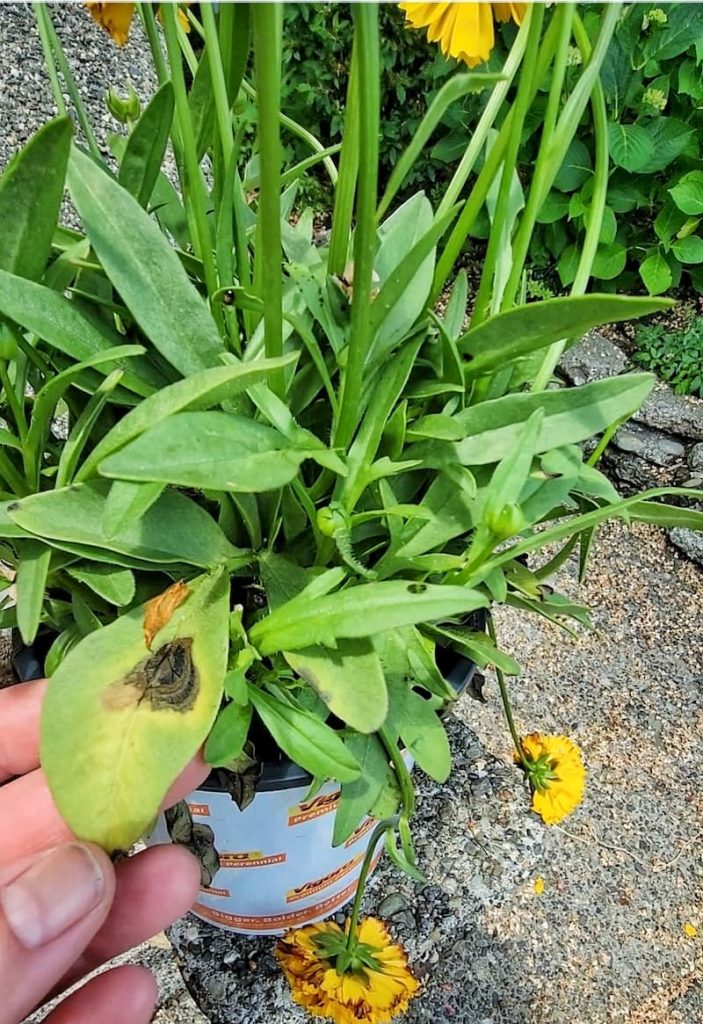
Signs of Heat Stress
When plants become stressed by the heat they will often show the following signs…
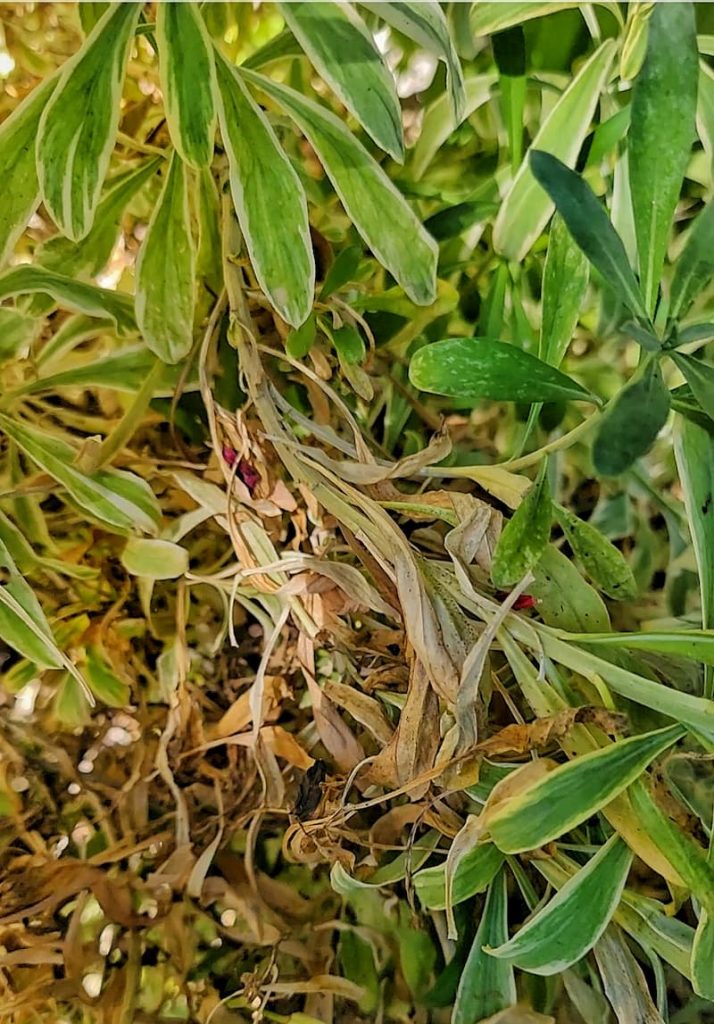
Many plants will shed some of their foliage to save water. In excessively hot weather, Vegetable crops can have difficulty producing in the excessive heat.
Annual flowers and vegetables planted in containers can die after just a few days without water.
Sadly, I had just made a trip to the local nursery days before the first heatwave of the summer and I found out the hard way that new plantings are at serious risk from the excessive heat.
What I didn’t realize is that overwatering is just as bad and I lost several plants from going overboard on the watering.

Watering Your Plants
Water in the Morning
Watering in the early morning is the best option before the sun starts shining brightly on your plants. If you water later in the day, you risk the water evaporating before it makes it to the plant’s roots, causing the leaves to burn.
Use Soaker and Irrigation Hoses
The most efficient way to water your garden is by using soaker or irrigation hoses. This is because they slowly bring the water to the plant’s roots before evaporating. And you get the bonus of growing fewer weeds in the areas where there aren’t any plants. We use a drip system in our garden that has been customized for our specific needs and can add micro-sprinklers as needed.
If these hoses are not an option, hand watering your plants is a better method than using sprinklers in the yard. Sprinklers will most likely miss areas needing water in the garden and will not soak the roots.
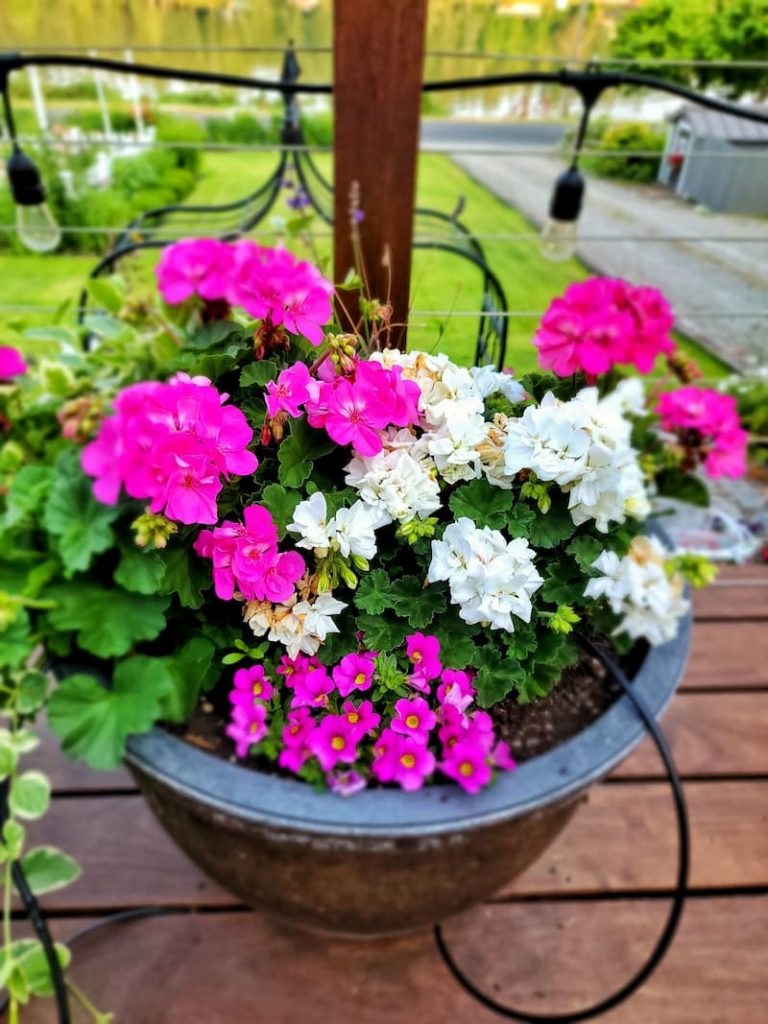
Provide Your Plants with Deep Watering
Deep watering at the roots for an extended period is the best way to protect your plants from extreme heat. If you know high temperatures are on the way, deep water your garden the night before when the air is cool.
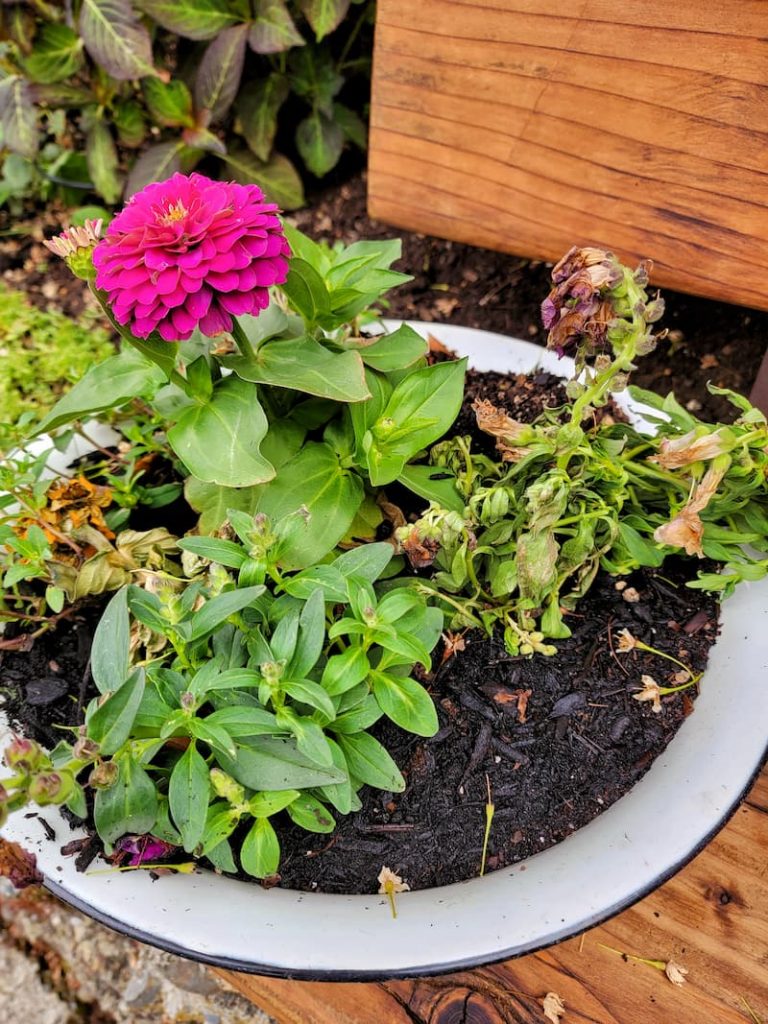
Do Not Overwater your Garden
Lesson learned on this one! I found that I was overwatering my newly planted flower containers. The annuals were wilted so badly that they couldn’t be revived and the soil was drenched.
Did you know that when a plant is overwatered, the excess moisture in the soil can cause bacteria to develop and lead to a lack of oxygen, creating fungal disease? Apparently, I did not.
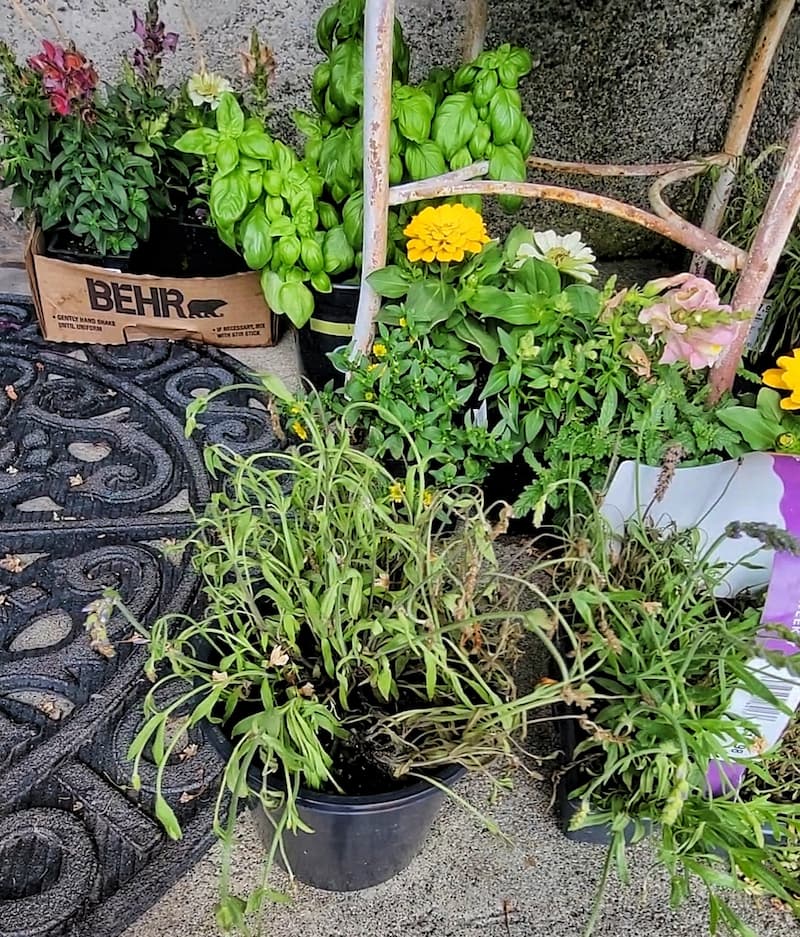
If you’re not sure if your plant needs water or not, test the soil before you water it by sticking your finger about an inch into the ground or container to see how moist it is.
A plant can have enough water and still wilt from the hot sun. Don’t water unless the soil is dry.
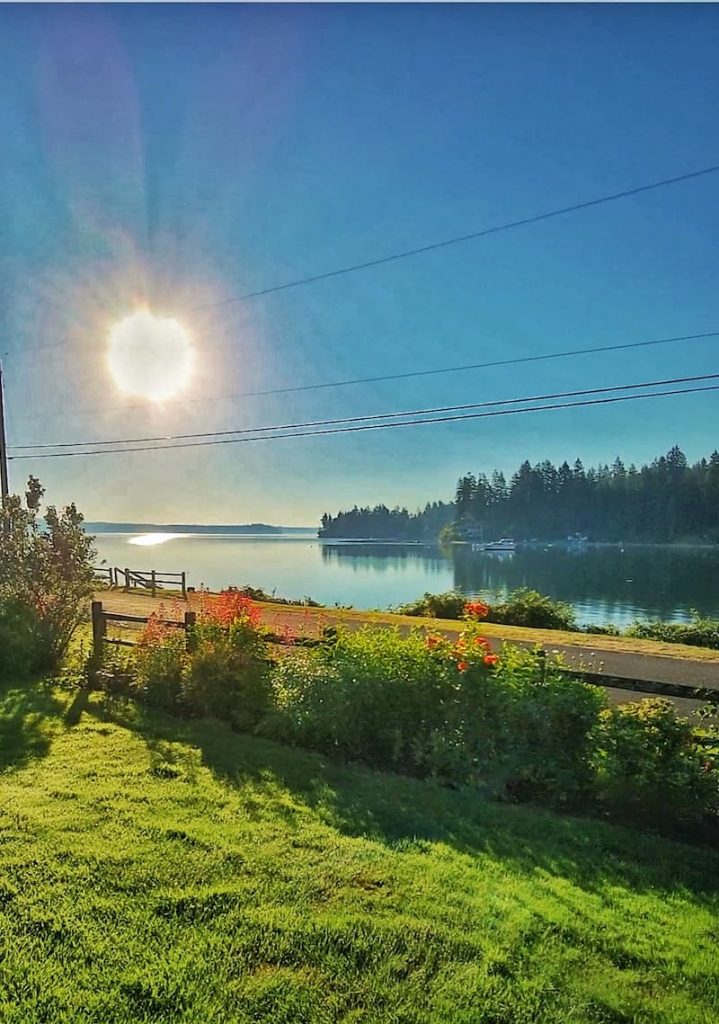
Don’t Wet Plant Leaves When Sun is Shining
Spraying the plant leaves in the middle of the day can cause extreme damage to them. The water droplets magnify the sun on the leaves, intensifying the heat.
If you want to spray the leaves to cool down your plant, wait until the sun has set or the plant is in the shade.
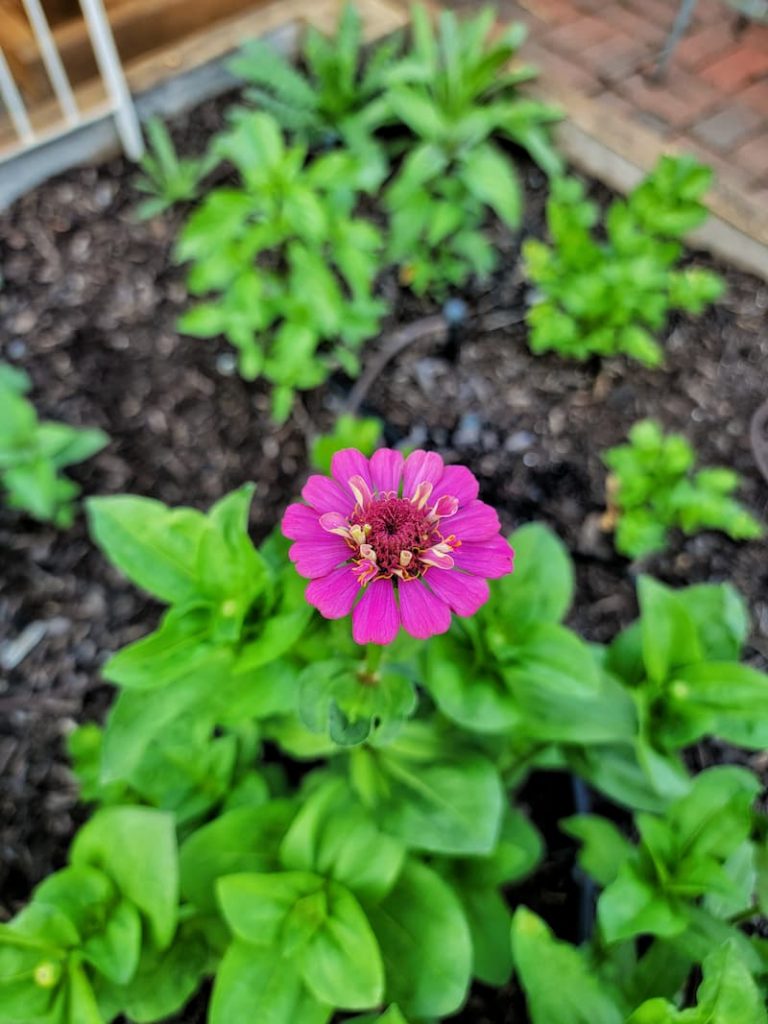
Add Mulch to the Garden Beds
Mulch brings many benefits to the garden, especially during the extreme summer heat. Here are some of the advantages of adding mulch to your garden…
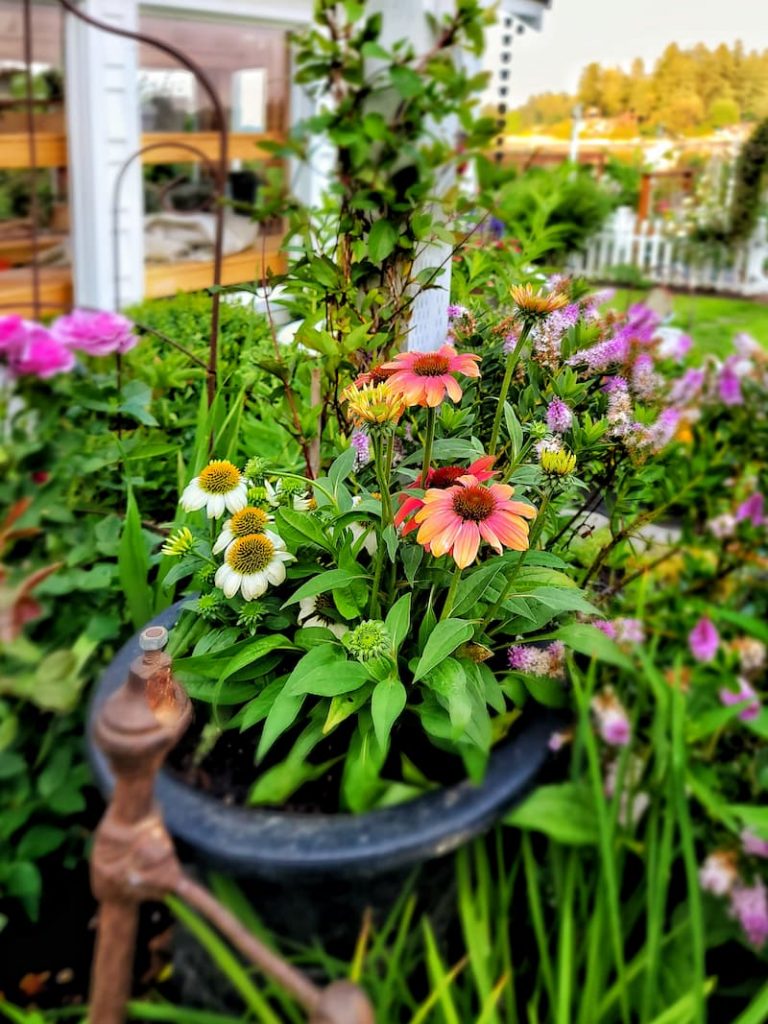
Don’t Disrupt the Soil
Try to leave your garden soil alone during the hot temperatures. You could release trapped water if you start digging or weeding the garden beds.
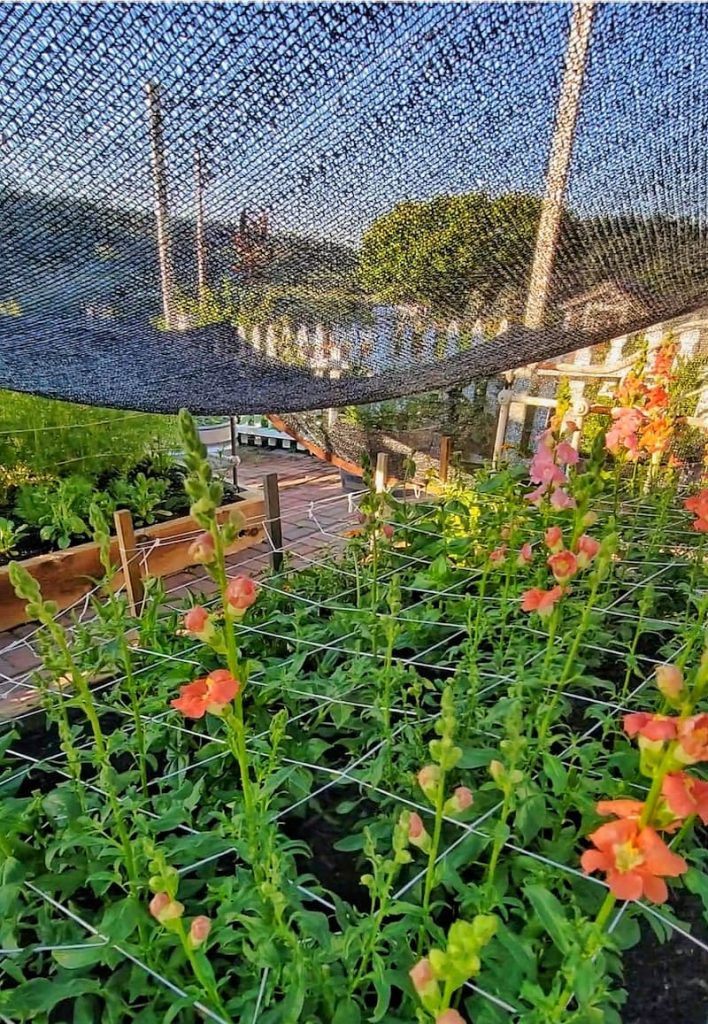
Provide Shade for Your Sensitive Plants
Shade Cloth
You can protect your most vulnerable and young plants by using shade cloth, a piece of fabric used in gardens to protect plants from too much sunlight.
This is my very favorite thing now, and saved my garden! I learned about this AMAZING product just a few weeks before our triple-day heatwave.
These clothes not only diminish sunlight but diffuse the sun’s rays. The shade cloth material allows for air circulation and moisture to get through to the plants.
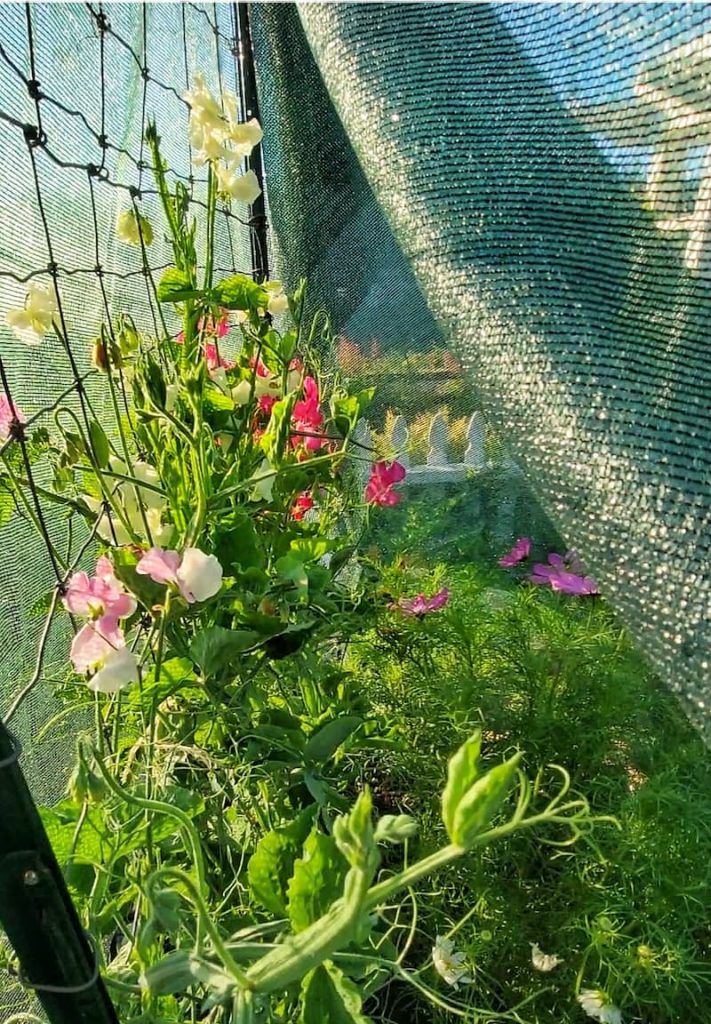
There are different shade factor options to choose from. For heat-sensitive and newer plants, you can use a high shade factor, while using a low shade factor for older and more established plants. For good aeration and light, it’s important not to lay the cloth directly on your plant.
I haven’t tried this myself yet, but have read that spraying water on the shade cloth will cool your plants.
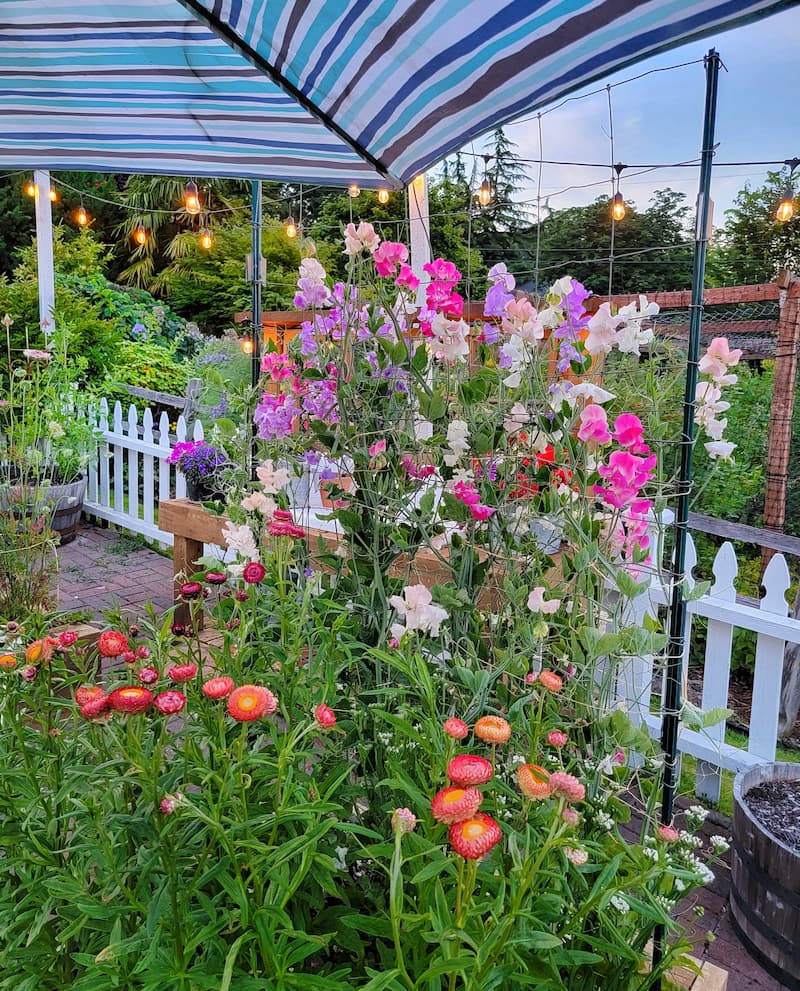
Use an Umbrella to Shade Your Plants
Shading your plants with an umbrella is one of the easiest ways to shade your garden. I found that a tilted umbrella was the best way to keep plants in full shade, but I still had to move the umbrella as the sun was moving throughout the day.
Other Shade Options
As soon as I saw the forecasted temperatures increasing day by day, I ordered the only shade cloth options that offered a two-day delivery. I was only able to get two clothes at the time.
But I still had SO MANY plants that still hadn’t been covered. I ended up using sailcloth, old tablecloths, towels, and even bedsheets. I did not know this at the time but you can fold the sheets to increase the amount of protection.
If your only option is a dark cloth, keep it several inches above or away from the plants. They will absorb the heat and burn the foliage that’s touching.
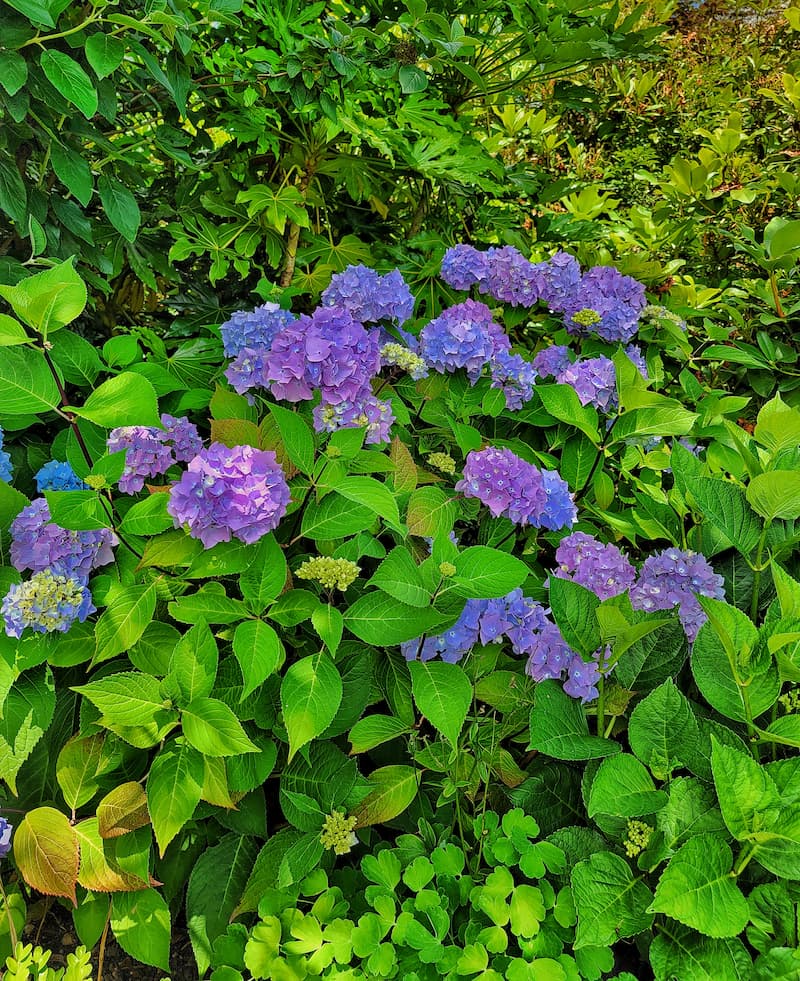
Plant in a Shady Location
If you live in an area where extreme heat is common throughout the summer, consider planting your garden in a location with more permanent shade.
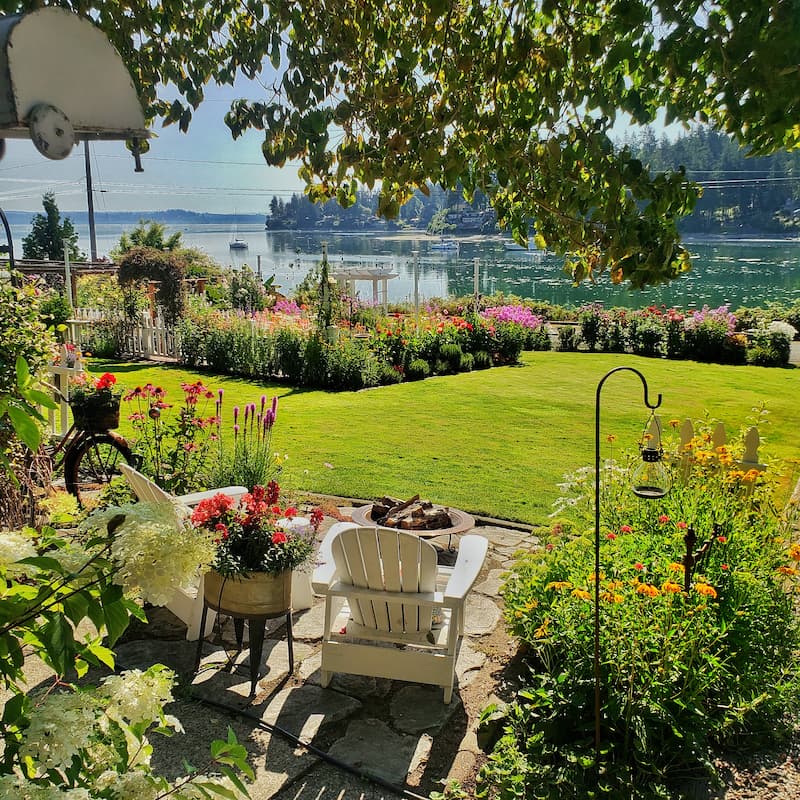
Don’t Mow the Grass During a Heatwave
Keeping your lawn at least 3 inches long can add shade to the grass, which will help retain moisture in the soil.
Cutting the grass too short in extremely hot temperatures can cause…
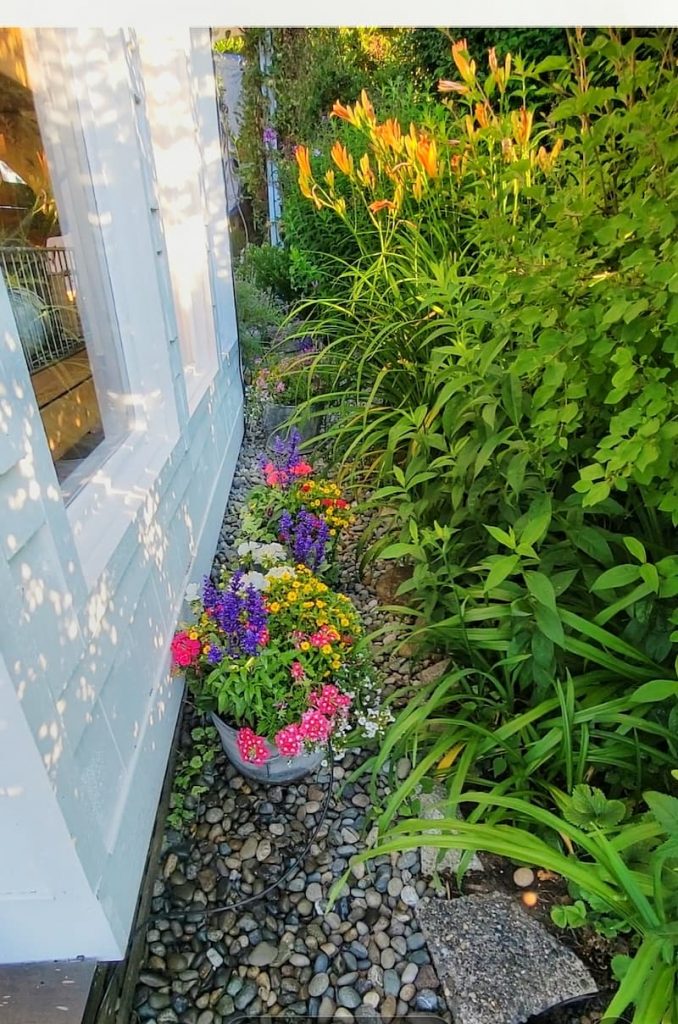
Protecting Your Containers and Pots
Move your containers, pots, and planter boxes to shaded areas in your garden during extreme heat. If the plants require some sunlight, move where they’ll get the early morning sun.
Containers tend to dry out faster and will need to be watered more often than your garden plants. Increase the amount of water you give your container in hot temperatures so the soil does not dry out. Remember to check the moisture level so you don’t make the mistake of over-watering your plants.
Avoid planting flowers and plants in dark-colored containers. They absorb the heat more than lighter colors and can burn the plant’s roots. You can try putting potted plants inside other larger pots with good drainage for more shade and insulation.
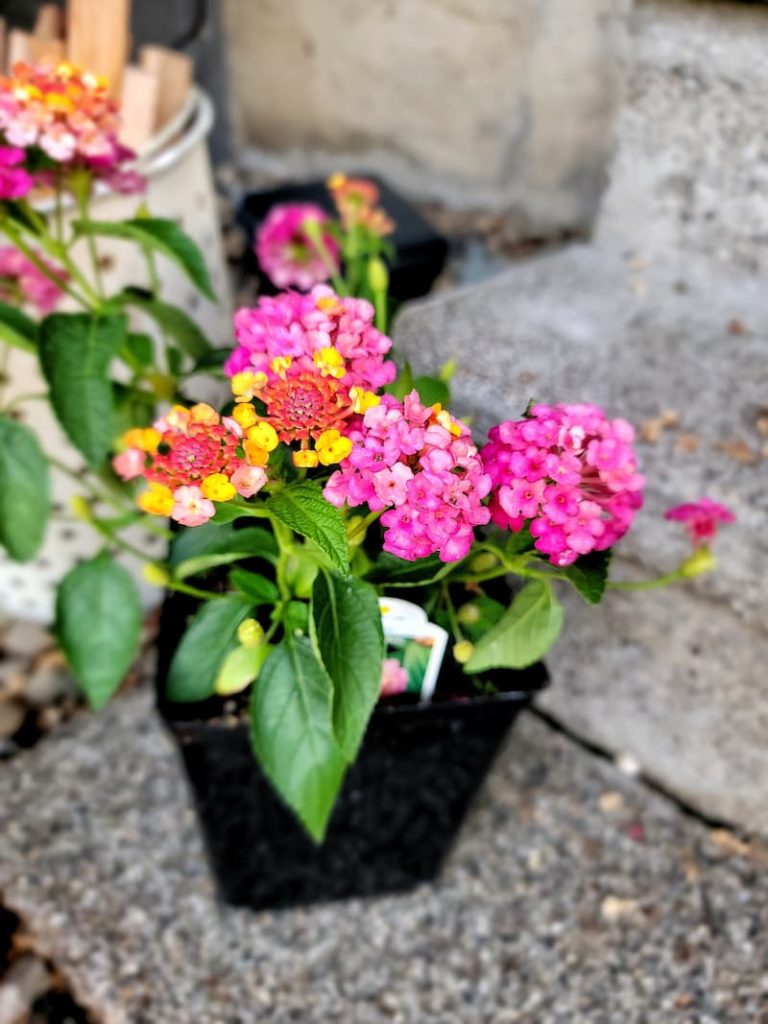
Give Your Newer Plants TLC
Pay close attention to those plants and vegetables that are new and their root system hasn’t been established. They are more vulnerable than most plants and there is a delicate balance between keeping them hydrated and over-watering.
Not All Fertilizers Are the Same
When your plants absorb fertilizers, their root systems can suffer from high heat. Compost and low-nitrogen organic fertilizers are fine to use. Avoid fertilizers that contain fish or manure, as these contain salts that may cause the plant to burn.
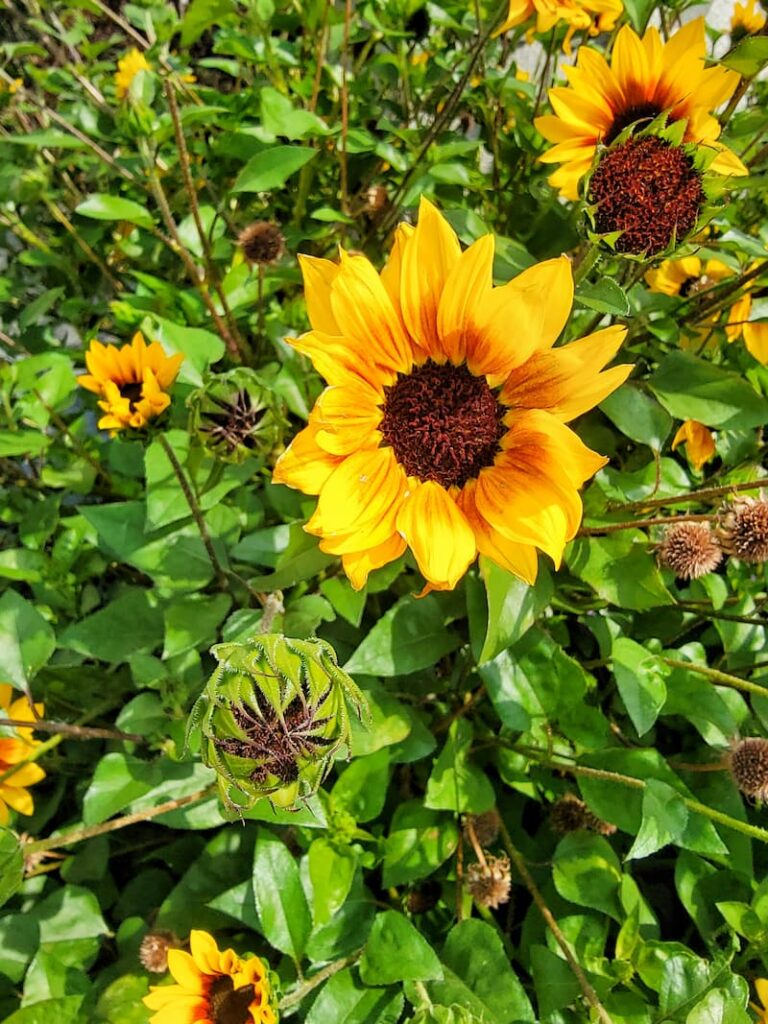
Grow More Heat-Tolerant Plants
We don’t tend to get the high temperatures here in the PNW that others around the country get. But for those gardens that experience consistent heat, try growing more heat-loving plants that thrive in the intense heat, like zinnias, sunflowers, and cosmos.
I hope there were a couple of ideas you can take away to help protect your garden from the extreme heat this summer.
If you have any questions or additional suggestions, feel free to share them in the comments below. And be sure to share this blog post link with anyone who may find these gardening tips useful.
Until next time.
Happy Gardening!

Follow Me for More Inspiration
Shop my Amazon Storefront, my LTK sources, and my favorite home decor, garden, and lifestyle products. When you purchase from one of my links, I earn a small commission which helps me to continue sharing all the content you expect on my blog.
Be sure to follow me on Pinterest, Instagram, Facebook, TikTok and LIKEtoKNOW.it. Do you like gardening? Join my Facebook Gardening Tips & Tricks group.

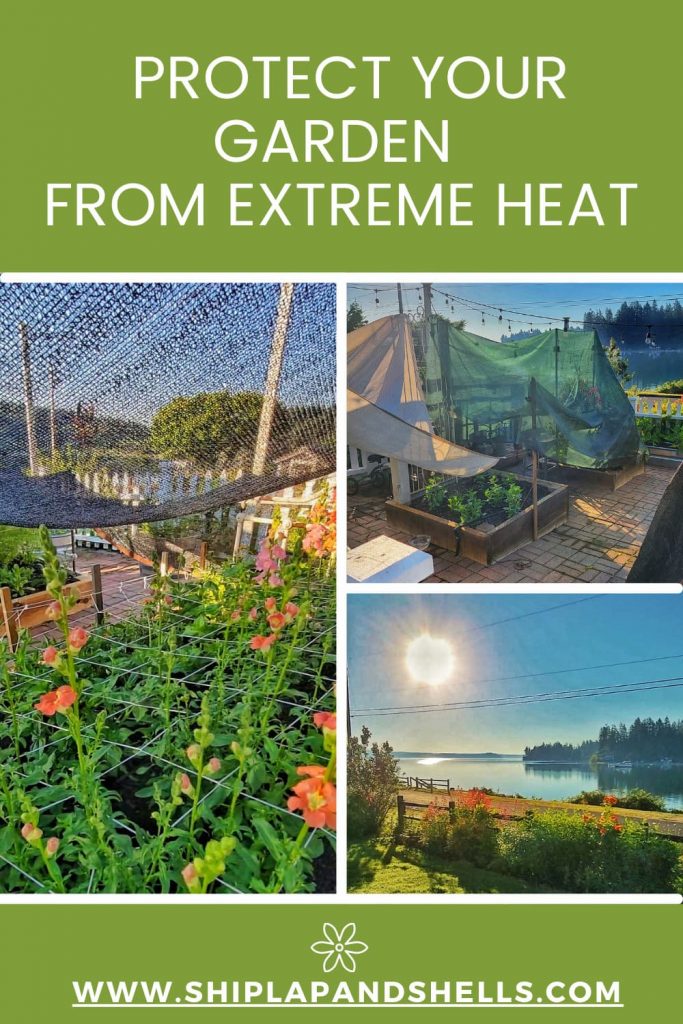
More Gardening Posts For You
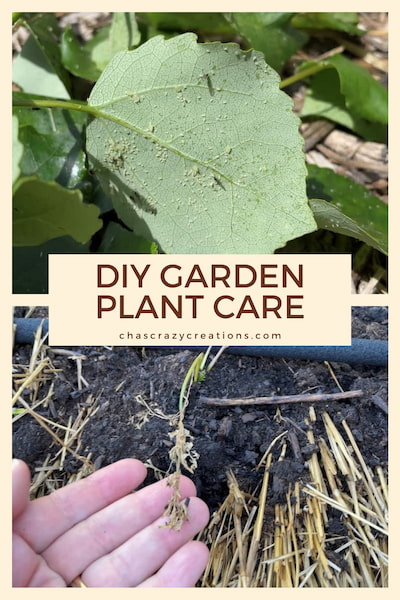
CHAS’ CRAZY CREATIONS | EASY DIY GARDEN PLANT CARE
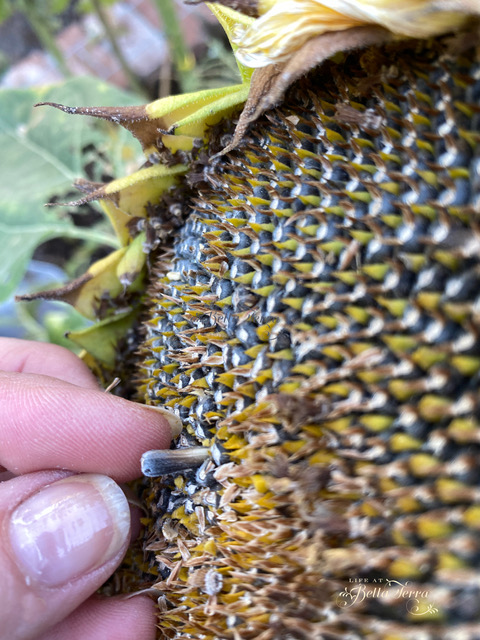
LIFE AT BELLA TERRA | GATHERING SEEDS
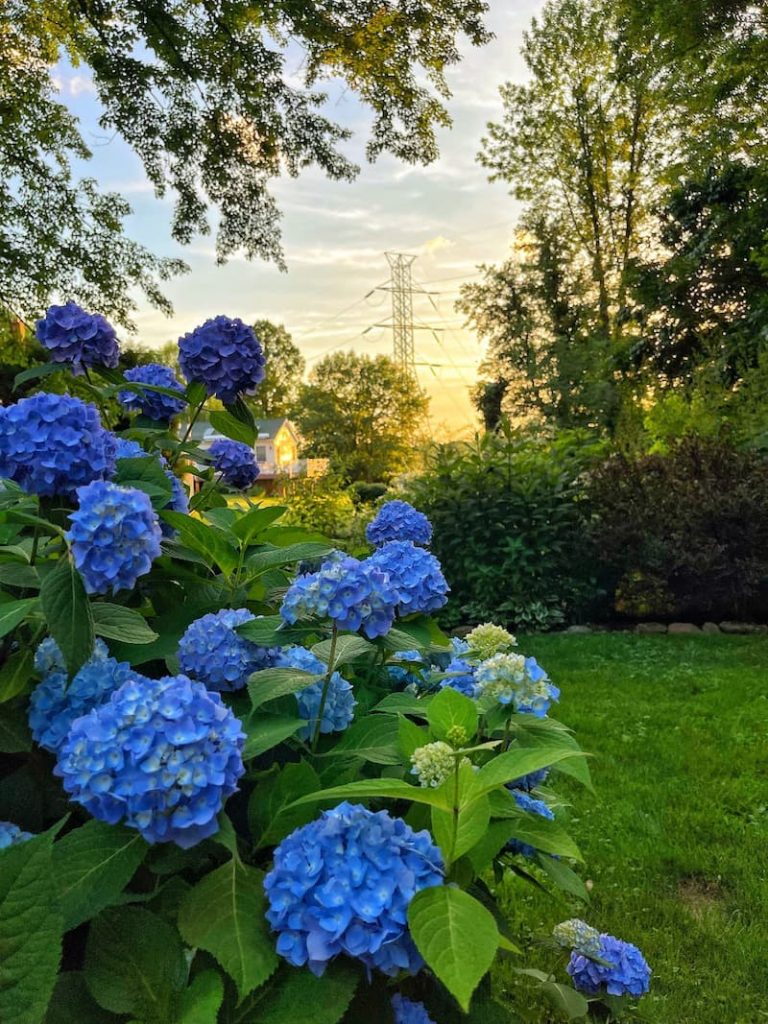


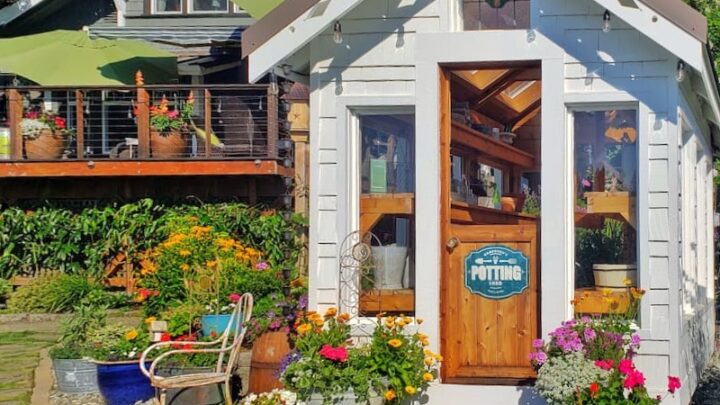
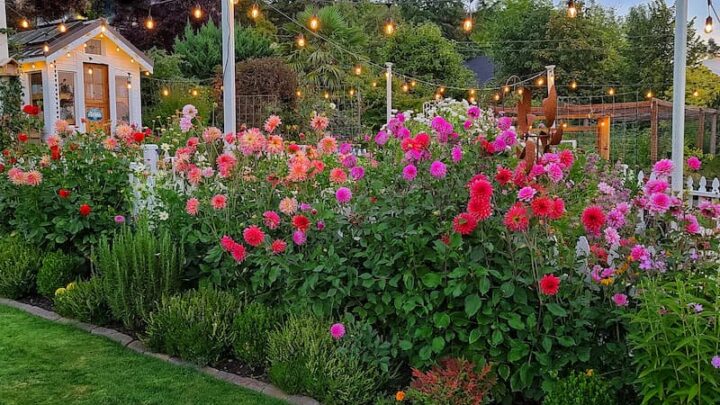
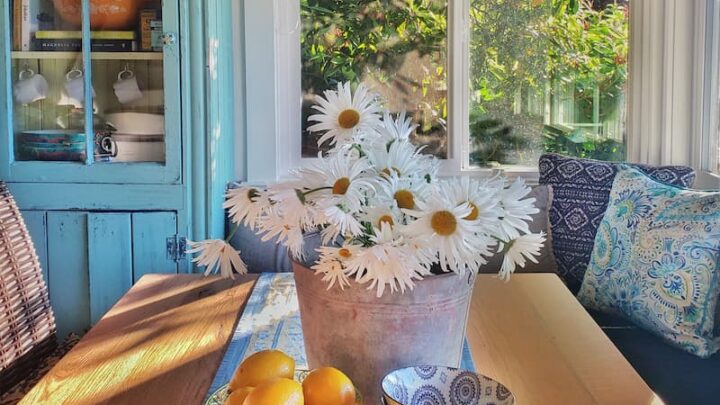
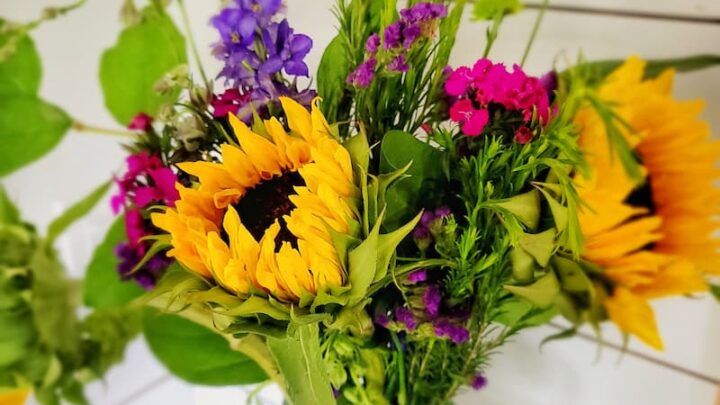
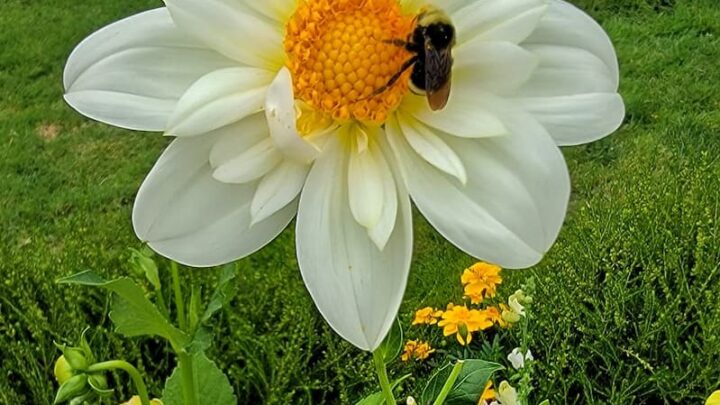
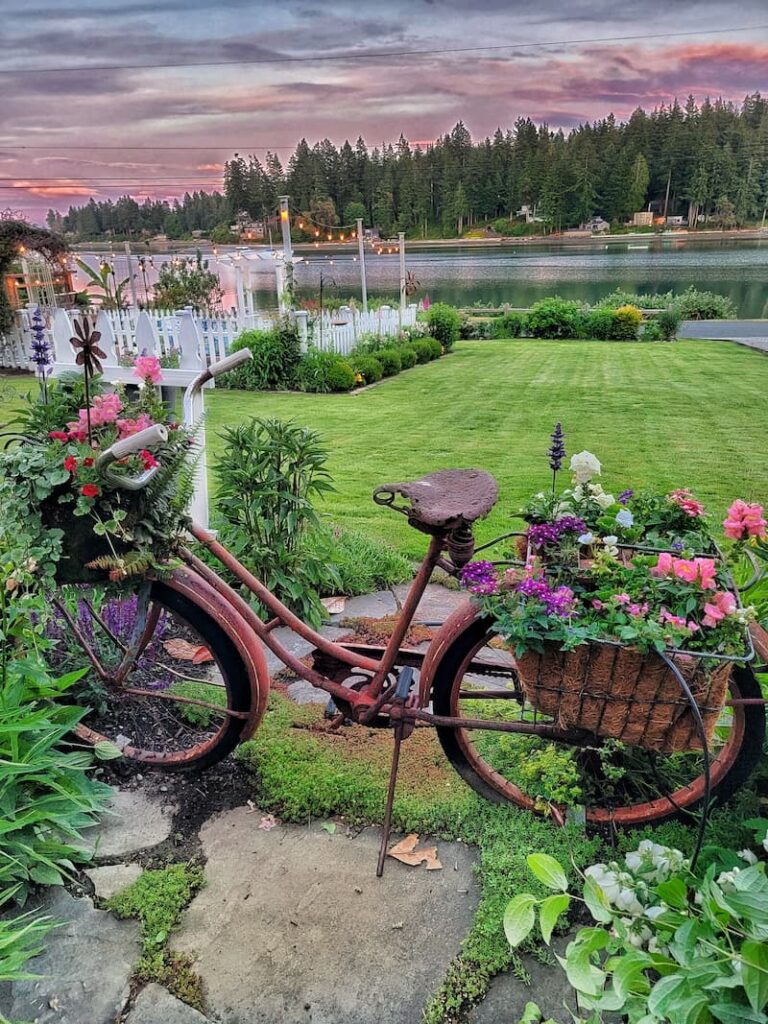

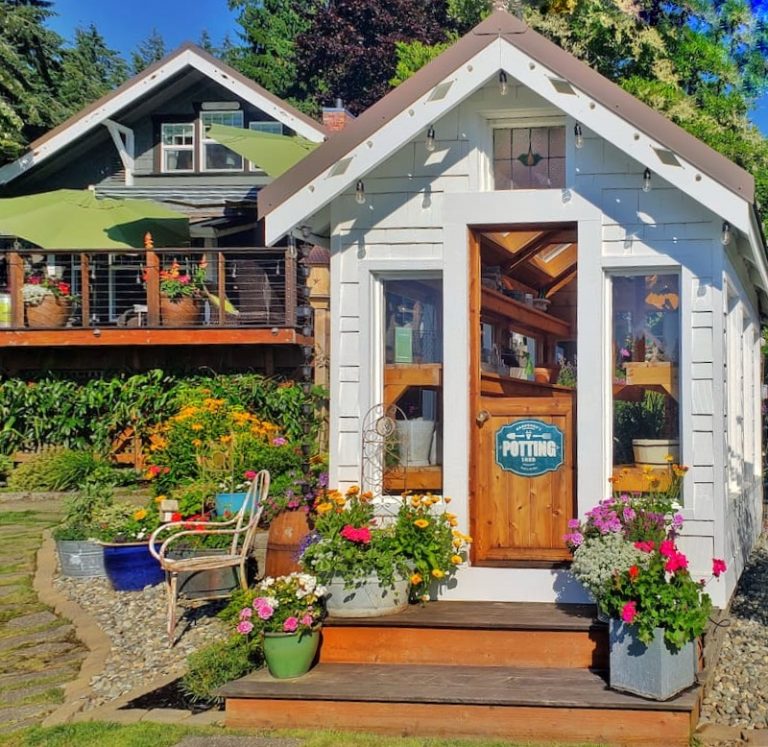
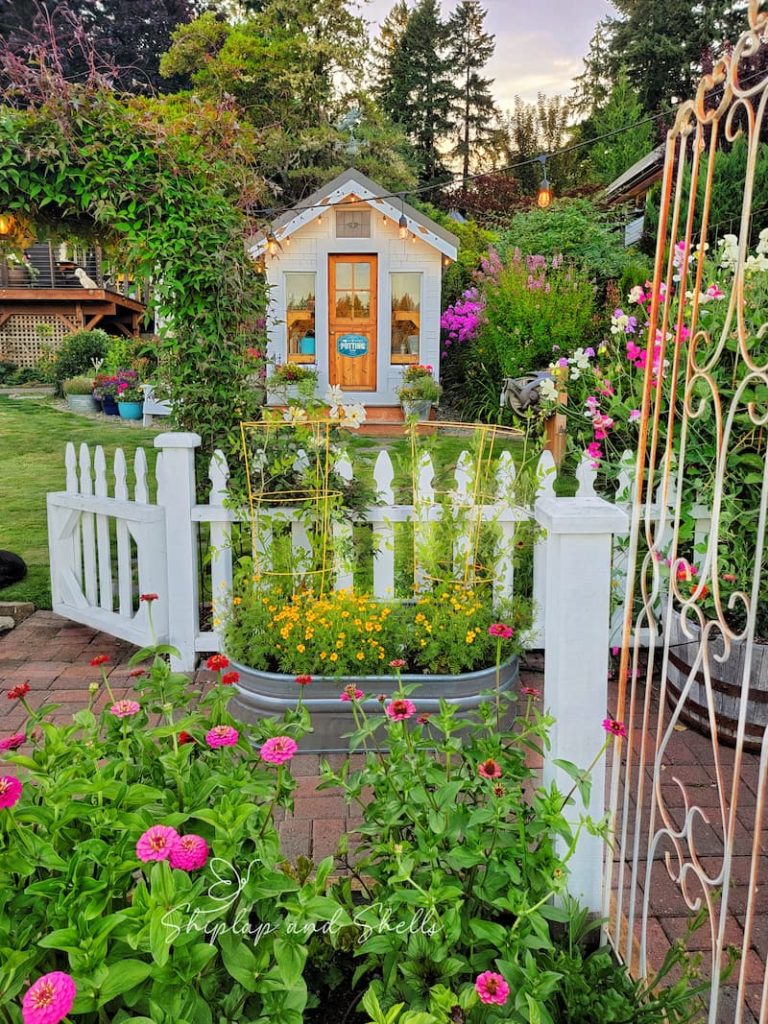
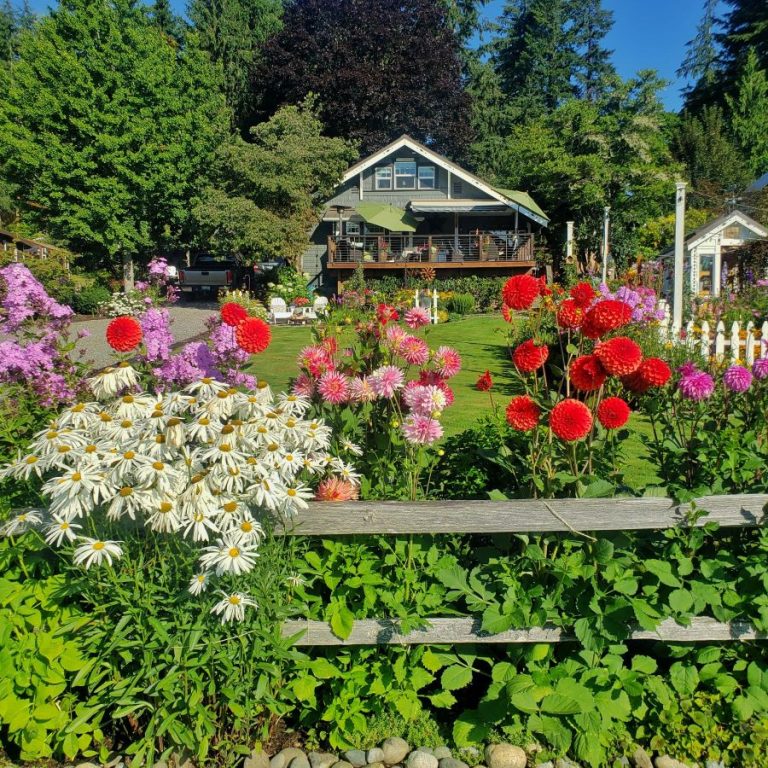
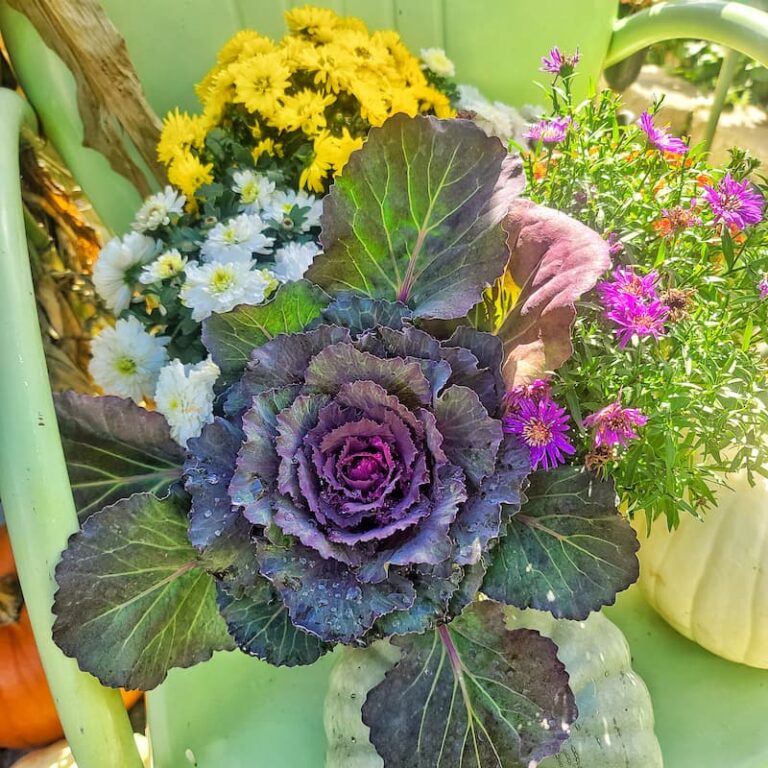
Good call on the shade cloth! I just ordered one for the dahlias the I relocated. I do have a question for you on that note. The soil where I moved the dahlias to is more clay soil. Now I’m panicking that they may not make it. Should I buy amendments and dig them up again? What do you think? I’m also is zone 8B (PNW) but I think I’m about a week behind you on what’s blooming in my yard.
Hi Melanie,
Dahlias grow best in well-drained soil so yes, you need to add organic matter like compost, well-rotted manure, or leaf mold to the soil, about 12″ deep to reach the root zone of the dahlias.
Hope this helps.
Sweet Kim, I appreciate you sharing this so much. Living in California we get a lot of high temperatures but I didn’t think about the water on the leaves being magnified by the sun. That was excellent advice! Also, ashamed cloth my poor lilac looks so decimated by the end of summer because the leaves are fried crispy Brown. Thankfully they fall off and do come back lush and beautiful in the Spring again But I have wanted to do something to help it out and I think I’ll have to get a shade cloth. Thanks again for all the good info and I hope you don’t get another big heat wave. It’s going to be a 115 for a few days and nothing under a 100 as far as a foreseeable future I really don’t like it one bit!
It’s nice at least that the plants come back the next year. I can’t tell you how much I feel for you with the 100+ degree weather you’re dealing with Dee. You need to go on a vacation! We are in the 60s today. So crazy! I hope the shade cloth helps.
Kim, What a fluke heat wave! I can only imagine the shock your plants experienced from such high heat. Welcome to my world of gardening in Arizona in the summer. Typically, I stop gardening after June and just let the garden go fallow, because no matter what I do, the high heat is just too much. Basil and peppers are about the only thing that survives. Even when I plant pumpkins they tend to ripen so quickly that I have pumpkins in July….Great tips from this very informative blog post!
So crazy to see your pumpkins in July! We haven’t even gotten all the dahlias to bloom yet.
I can’t believe how hot it was there! These are great tips to beat the heat in the garden! xo
I couldn’t believe it either Stacy. It was absolutely miserable, but we’re now 50 degrees cooler this week.
Wow-what a great read Kim, I learned so much – thank you! The tip on covering during intense heat is a great one, and I have thought about adding mulch but wasn’t sure about that with weed growth. Thanks for the tips!
I’m so glad you learned something, Chas. That always makes me happy!